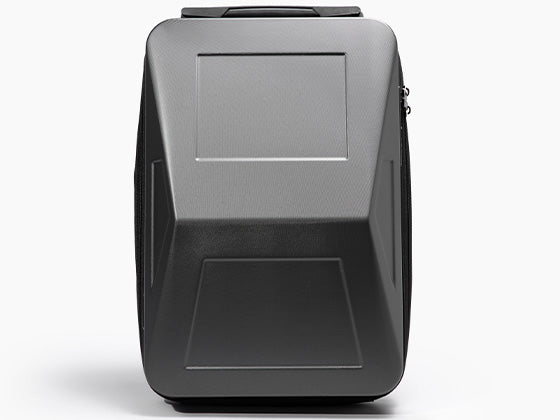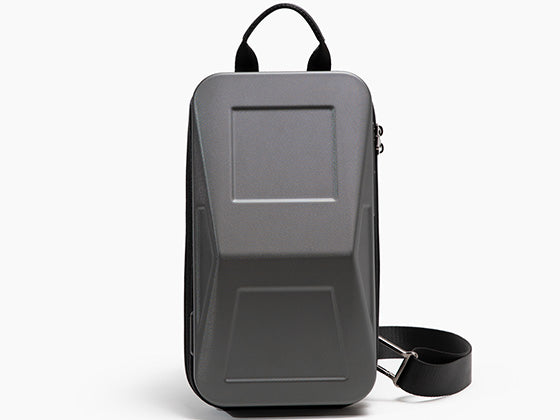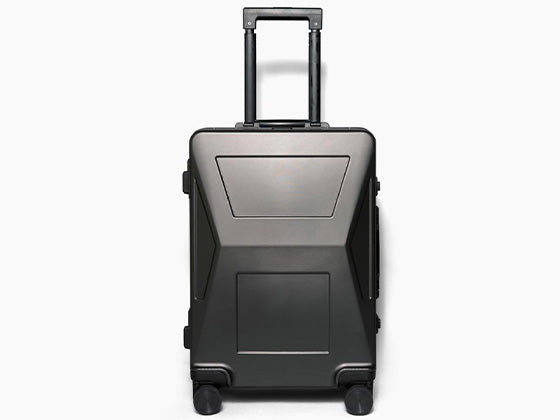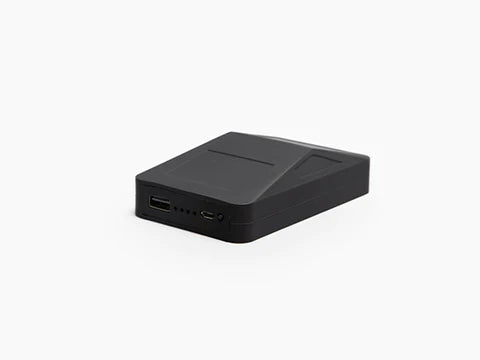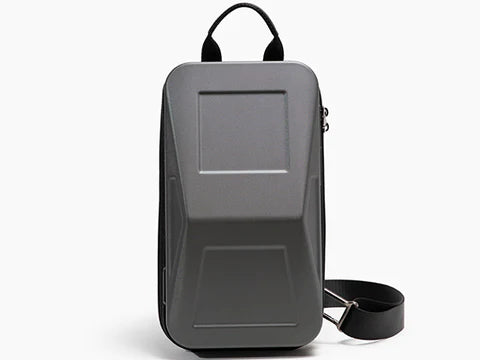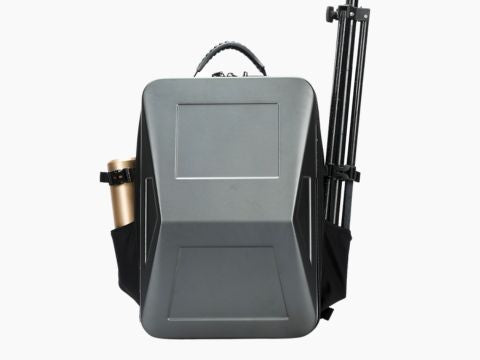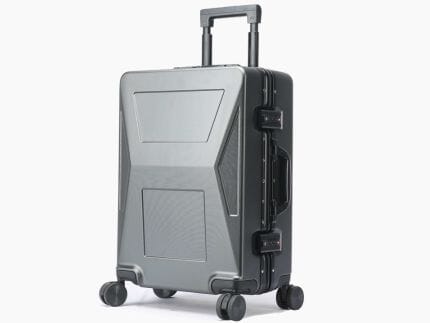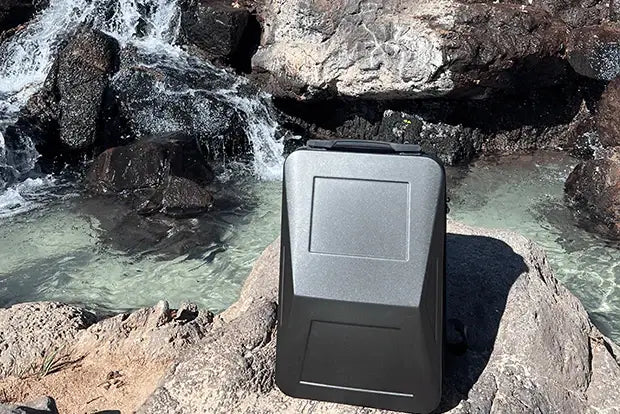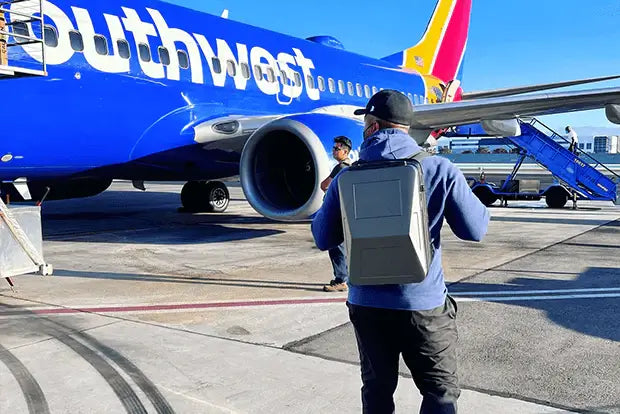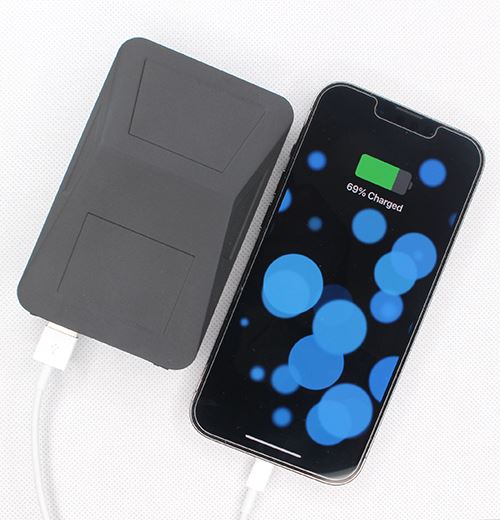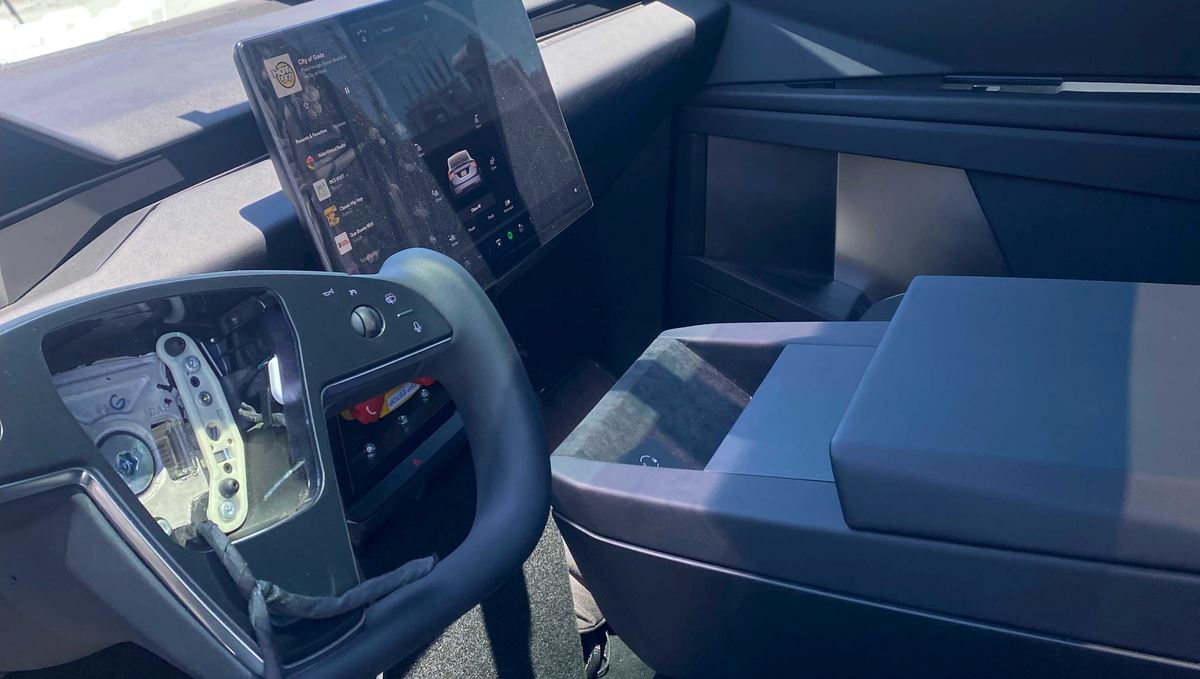In most cases, a power bank charges quickly. However, the charging speed eventually slows down. How can this be fixed? Why does this happen?
If you are using a low ampere wall charger, that is the main culprit behind a power bank charging slowly. A poor power bank or a defective charging cord could also be at blame.
Fortunately, we have listed everything you should look at so you can identify and fix the issue. A power bank can charge slowly in a variety of ways: by charging itself slowly, by charging other devices slowly, or by doing both.
What Causes the Power Bank to Charge Slowly?
In this first case, it takes longer for the power bank to fully charge. If charging your power bank takes too long, there may be a problem with the wall charger's low amps or the battery itself.
1. The AMP input on the wall charger is low
The majority of power banks don't include a charger. If yours don't, it's up to you to locate the ideal one. You should be aware that various wall chargers have varying power levels.
The 1 Amp wall charger is the least effective. A 10000mAh power bank will require 12 hours to fully charge using a 1A wall outlet. Upgrade your wall charger to a 2A model to double the speed of the power bank charging process.
Check the back of the wall charger or the user manual if you don't know how many amps your wall charger contains.
2. Your charging cable is of poor quality.
In addition to the wall charger, the charging cable must be of the highest caliber. We tend to replace the charging cable more frequently, generally with a cheap one, because it tends to break more easily.
A long or cheap charging cable is not advised because it may cause a voltage loss; instead, choose one that is shorter.
The power bank charges more slowly the larger the voltage drop. See if the charging time decreases if you try switching out the charging wires.
3. You are utilizing the pass-through feature.
Some power banks have a "pass-through" capability that lets you charge the power bank while simultaneously using it to charge other devices.
While allowing you to simultaneously charge two devices, this feature will also slow down the charging process. The pass-through feature increases the charging time because it "splits" the power input into two "pieces"; some of the power input goes to the power bank battery storage, while the other power input goes straight to the device you are charging. Therefore, it usually takes longer for the battery storage to fully charge.
4. The Power Bank Has a Big Capacity
It can appear to be taking longer to charge if you recently changed to a power bank with a bigger capacity.
A power bank takes longer to charge the more charging capacity it has. For example, a 5000mAh power bank charges more slowly than a 10000mAh power bank.
5. You Own a Low-Quality or Old Power Bank
Slow charging is one of the issues that low-quality power banks have. Avoid purchasing cheap, subpar power banks and only choose reputable brands. The Cyber Powerbank is a good option.
Slow charging may also be caused by an outdated power bank. A specific number of charging cycles are included with lithium batteries. The battery won't function normally after it has finished its charging cycles, which can lead to a higher charge decrease and occasionally sluggish charging.
Why are other devices charging from a power bank so slowly?
In the second case, the power bank charges other devices slowly but gets charged fast enough. When you utilize a poor charger or the incorrect power output ports, the power bank is most likely to charge other devices slowly. The following is a list of everything you should check:
1. You Are Connecting Your Power Bank to the Wrong Ports
Power banks have several power output ports, including 1A, 2.1A, 12A, and 20A ports. The 12A and 20A (AC/DC) ports should be used to charge a laptop or other device that needs a greater power input, while the 1A and 2.1A (USB-C) connectors should be used to charge a phone.
You might be using the wrong ports if your power bank charges other devices slowly. The charging time will increase if you switch the ports from 1A to 2A (or from 12A to 20A). Most charging ports have labels on them; if yours don't, check the handbook or try changing the ports to see if the charging time gets faster.
The power bank may potentially be charging other devices slowly due to its lack of support for rapid charging systems. Cheap power banks often just have one USB-C port, which is typically rated at 5V/1A, and don't typically have other ports.
If so, the power bank and the gadget you are charging are both working properly; the power bank's output is simply too low. You can either bear with the slow charging or upgrade to a stronger power bank to prevent it.
2. You're Using an Inexpensive Charging Cable
We typically replace the charging cable with a cheap one because, as we previously indicated, it tends to break more quickly. Cheap charging cords have a reputation for dropping voltage and failing to supply adequate power to the device, which can prolong the charging process. It is advised against using a third-party charging cable and using the device's original cord.
3. You're using the phone while it is charging.
Your phone may charge slowly if you are using it while it is being charged by a power bank. The phone is using energy when you are using it. As a result, it will take longer for the phone to charge completely, especially if you're playing video games on it.
It is advised to avoid using your phone while it is being charged by a power bank since this could cause both batteries to overheat and the charging process to be slowed down (for both phone and power bank).
4. The Ports Are Unclean
Now is the perfect moment to clean your phone's charging ports if you have not done so recently. Your charging ports may become clogged with dirt and debris over time, which may slow down charging. Use a tiny, gentle brush to clean the charging ports
How Can a Power Bank Charge More Quickly?
Utilizing a 2A wall charger and keeping the power bank in a cool environment are the best ways to speed up charging.
Most people think that the power bank would charge more quickly the more Amps the wall charger has, however that is not totally accurate.
Power banks have a built-in safety circuit that will cap the amount of current flow. Therefore, the power bank will not charge more quickly if you use a charger that has a higher current than the power bank's maximum allowable amount since the protection circuits will stop you. However, the charging time will increase slightly if you charge the power bank in a cool environment.
Wrapping Up
Your battery bank may be charging slowly for a variety of reasons, but the main one is when the charger is receiving insufficient power. Simply changing the charger is an easy repair for this.
It is advised to buy a new power bank if your old one is broken or has an outdated battery, nevertheless. You can get a good quality power bank at Cyberbackpack.com.
